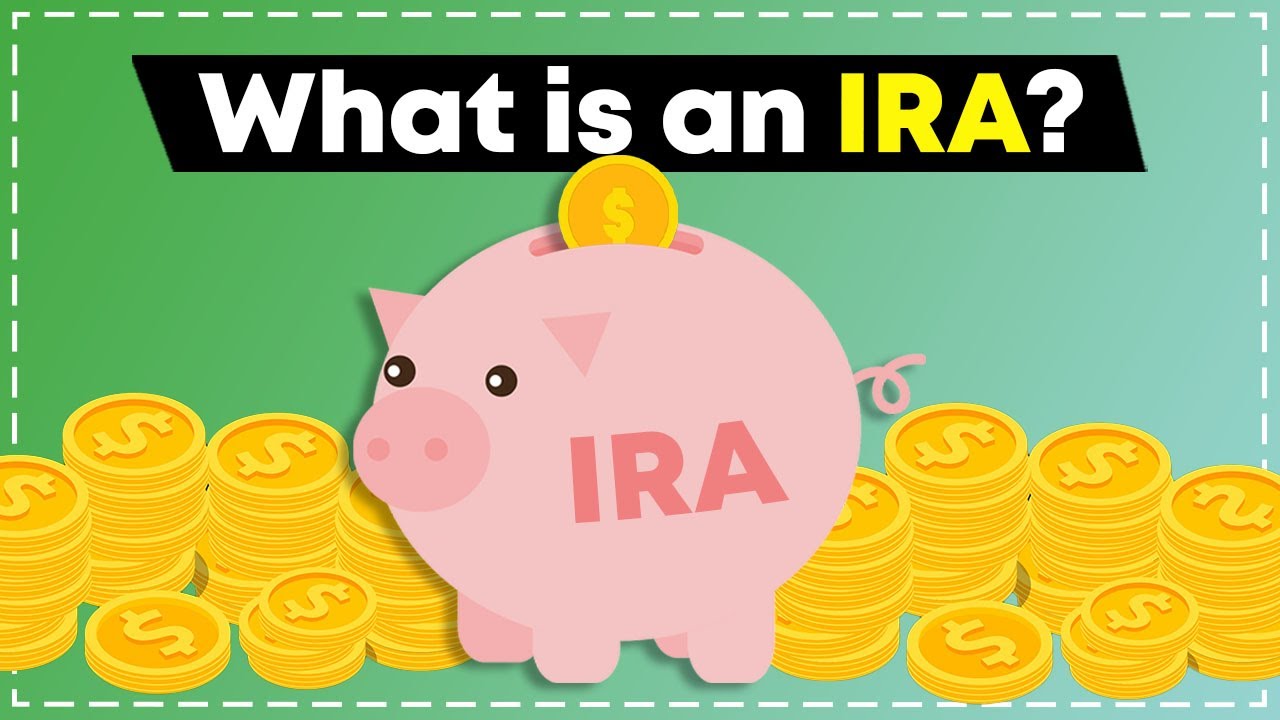IRAs – Everything You Need to Know
Individual Retirement Accounts (IRAs) are a cornerstone of retirement planning, offering tax advantages to help you save for your future. Whether you’re a beginner or looking to optimize your retirement strategy, understanding the ins and outs of IRAs is crucial. This guide will cover everything you need to know about IRAs, including their types, benefits, contribution limits, and strategies.
What is an IRA?
An Individual Retirement Account (IRA) is a savings account designed to help individuals prepare for retirement. IRAs offer tax benefits to encourage long-term savings. The two primary types are Traditional IRAs and Roth IRAs, though there are other specialized accounts.
1. Types of IRAs
| Type | Tax Advantages | Who It’s Best For |
|---|---|---|
| Traditional IRA | Contributions are tax-deductible; growth is tax-deferred. | People in higher tax brackets now who expect to be in a lower tax bracket during retirement. |
| Roth IRA | Contributions are made with after-tax income, but withdrawals in retirement are tax-free. | Younger individuals or those in a lower tax bracket today who expect higher income in the future. |
| SEP IRA | Contributions are tax-deductible; ideal for small business owners or self-employed individuals. | Business owners looking for high contribution limits. |
| SIMPLE IRA | Contributions are tax-deferred; allows employer and employee contributions. | Small businesses or self-employed individuals. |
| Spousal IRA | Allows a non-working spouse to contribute to an IRA. | Couples where one partner earns income. |
2. How IRAs Work
Traditional IRA
- Contributions: Tax-deductible (depending on income and workplace retirement plan).
- Growth: Investments grow tax-deferred.
- Withdrawals: Taxed as ordinary income in retirement.
- Required Minimum Distributions (RMDs): Start at age 73 (as of 2023).
Roth IRA
- Contributions: Made with after-tax dollars (no tax deduction).
- Growth: Investments grow tax-free.
- Withdrawals: Completely tax-free if taken after age 59½ and the account is at least 5 years old.
- No RMDs: You are not required to withdraw money during your lifetime.
Specialized IRAs (SEP and SIMPLE)
- Designed for small business owners or self-employed individuals.
- Higher contribution limits than Traditional and Roth IRAs.
3. Contribution Limits for 2023
| Type | Under 50 | Age 50 and Over (Catch-Up Contribution) |
|---|---|---|
| Traditional IRA | $6,500 | $7,500 |
| Roth IRA | $6,500 | $7,500 |
| SEP IRA | 25% of income (up to $66,000) | N/A |
| SIMPLE IRA | $15,500 | $19,000 |
4. IRA Contribution Rules
- Income Limits for Roth IRAs:
- Full contribution allowed if Modified Adjusted Gross Income (MAGI) is under $138,000 (single) or $218,000 (married filing jointly).
- Partial contribution allowed for MAGI up to $153,000 (single) or $228,000 (married filing jointly).
- Age Limits:
- No age restrictions for contributions to Traditional or Roth IRAs as long as you have earned income.
- Spousal IRA:
- Allows a non-working spouse to contribute to an IRA based on the working spouse’s income.
5. Tax Advantages of IRAs
Traditional IRA Tax Advantages:
- Today’s Benefit: Immediate tax deduction on contributions (if eligible).
- Future Cost: Taxes are paid on withdrawals during retirement.
Roth IRA Tax Advantages:
- Today’s Cost: No immediate tax deduction.
- Future Benefit: Withdrawals (including growth) are tax-free in retirement.
Key Consideration: Choose between Traditional and Roth based on your current and expected future tax brackets.
6. Investment Options in IRAs
You can invest in various asset classes within an IRA:
- Stocks: Ideal for long-term growth.
- Bonds: Provide stability and income.
- Mutual Funds/ETFs: Offer diversification.
- Real Estate: Via Real Estate Investment Trusts (REITs).
- Alternative Investments: Certain IRAs allow investing in precious metals, private equity, or cryptocurrencies.
Tip: Ensure your investments align with your retirement timeline and risk tolerance.
7. Withdrawal Rules
Traditional IRA:
- Penalty-Free Withdrawals: After age 59½.
- RMDs: Must begin at age 73.
- Early Withdrawal Penalty: 10% penalty + taxes for withdrawals before age 59½ (some exceptions apply, such as medical expenses or first-time home purchases).
Roth IRA:
- Contributions: Can be withdrawn anytime without taxes or penalties.
- Earnings: Tax-free withdrawals allowed after age 59½ and meeting the 5-year rule.
8. IRA vs. 401(k)
| Feature | IRA | 401(k) |
|---|---|---|
| Contribution Limit | $6,500 ($7,500 for 50+) | $22,500 ($30,000 for 50+) |
| Employer Matching | Not available | Often offered |
| Control | Wide range of investment options | Limited to employer-selected funds |
| Taxes | Tax advantages similar to IRAs | Similar tax advantages |
Strategy: Maximize employer 401(k) matching contributions first, then contribute to an IRA for additional tax benefits and investment flexibility.
9. Common Mistakes to Avoid
- Ignoring Income Limits: Roth IRAs have strict income eligibility rules.
- Missing RMDs: Failing to take RMDs from a Traditional IRA results in a 50% penalty on the amount not withdrawn.
- Over-Contributing: Contributions exceeding the limit are penalized 6% annually until corrected.
10. How to Open an IRA
- Choose a Provider: Popular options include Vanguard, Fidelity, Schwab, or robo-advisors like Betterment.
- Select Your IRA Type: Decide between Traditional, Roth, SEP, or SIMPLE based on your goals and income.
- Fund Your Account: Contribute directly or roll over funds from an existing retirement account.
- Pick Investments: Build a diversified portfolio that suits your risk tolerance and timeline.
Conclusion
IRAs are powerful tools for building a secure financial future. By choosing the right type of IRA, contributing consistently, and investing wisely, you can maximize your retirement savings and enjoy the tax advantages they offer. Whether you’re just starting or refining your strategy, understanding IRAs can help you take control of your financial future.

